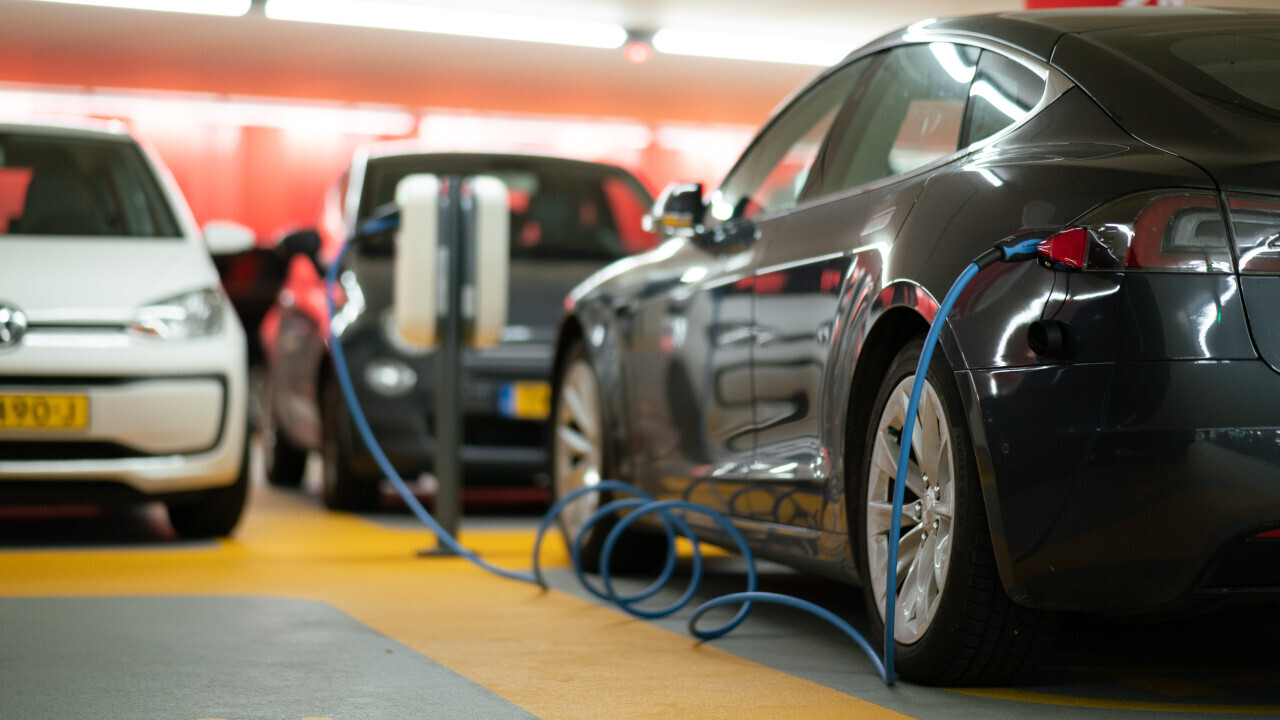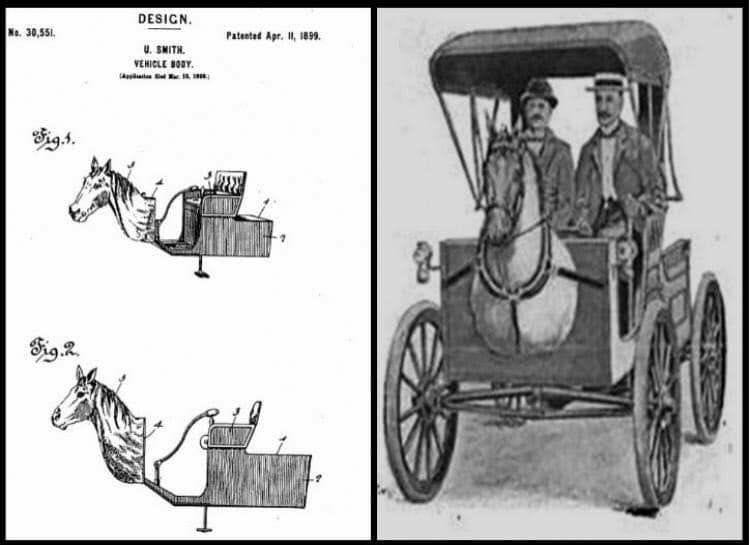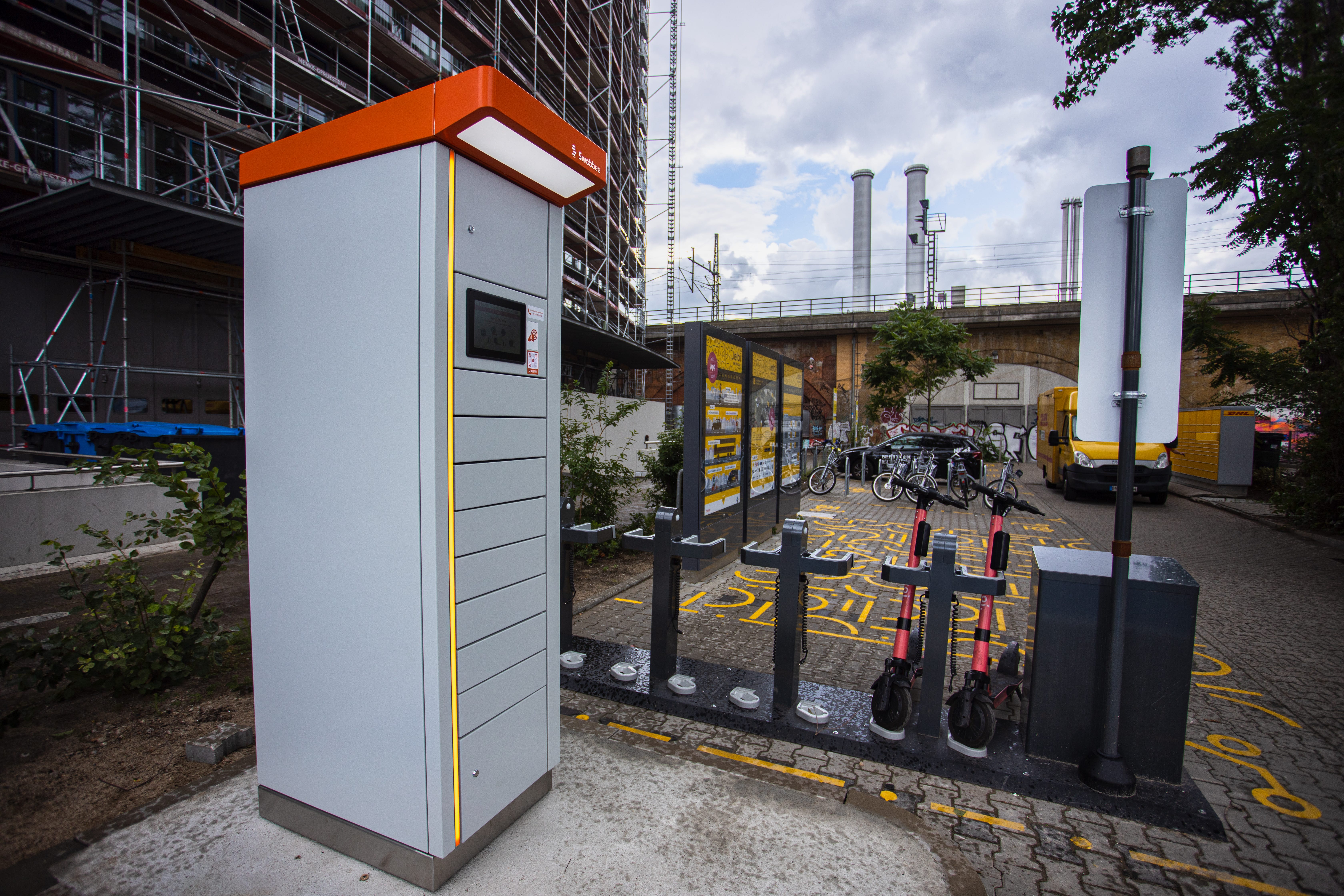This article was written by Juan Btesh on The Urban Mobility Daily, the content site of the Urban Mobility Company, a Paris-based company which is moving the business of mobility forward through physical and virtual events and services. Join their community of 10K+ global mobility professionals by signing up for the Urban Mobility Weekly newsletter. Read the original article here and follow them on Linkedin and Twitter.
Those of us who are not language experts will need a definition for the decorous new word in the title:
A skeuomorphism is a design principle in which an object is made to resemble an older version of itself, by retaining attributes that were inherent to the original.
Skeuomorphism gained popularity in the past few decades and became especially accepted in UI design. Former SVP of iOS and Steve Jobs protégé, Scott Forstall, was responsible for the well-known skeuomorphic design in early Apple products, from the Newsstand to the sound of the shutter button in the camera. Apps such as the calculator, the calendar, the stopwatch, or the notepad mimicked their real-world counterparts to make interfaces more intuitive while users entered the unfamiliar digital terrain.
Skeuomorphism can be deliberately employed as a guiding hand for new design to be better accepted. It can be seen as a tool for helping the paradigm shift between two different versions of the same thing. But it can also be an accidental consequence of cultural influences and creativity obstructions from the designer.
*But unintended skeuomorphism will restrain the new design to functions that are no longer needed, and can mitigate the advantages of the new technology that made design evolve in the first place.
Skeuomorphism in Transport
In the late XIX century, the idea of a horseless carriage was the best way to explain the transition from horse-powered carriages to combustion engine vehicles. People could not imagine a 4-wheeled vehicle being moved around by something else than a horse. These “horseless carriages” were the first cars designed, and were notably similar to existing horse-drawn carriages but with a motor attached under the floorboards.
Uriah Smith was one of the many having a hard time accepting such a radical and implausible concept as a horseless carriage. He had to come up with an idea of a car with a wooden horse head and neck attached to the front. By making the car resemble a horse and a carriage, he was looking to trick (real) horses and avoid them being frightened by the new machines driving around. The name of it was Horsey Horseless and made it to Time Magazine’s 50 worst cars of all time.
The effort put in designing such an object in the wrong direction, inevitably makes us question if we are making the same mistake nowadays. Are we being skeuomorphic in the current mobility scenario to avoid any “horses” to be frightened? What is today’s Horsey Horseless?
EV Chargers
Fortunately, electric vehicles (EVs) are becoming more and more widespread. They operate just like a petrol car, except they run on energy taken from a battery. When the battery dies, the charging process is analog to the old technology: you need to plug your EV in to some form of electric power station and wait for it to be charged and available to drive again. Right? Well, not quite. This scheme is taking the old petrol-based charging pattern to the new electric vehicle landscape and holding us back to what we really need. We are being skeuomorphic.
EV chargers don’t need to be a metaphor of ancient petrol pumps, and need to be thoroughly thought through.
While these skeuomorphic EV chargers were initially necessary as a transition for user acceptance and adoption, we are standing at a point in which new technologies can be incorporated. Just as if we were to design a mobile app for children who did not grow up with analogue devices, skeuomorphism is not necessary anymore.
To begin with, electricity is ubiquitous — fuel is not. We don’t always need to drive to what we know as ‘gas stations’, when we have electric sockets in our own houses. Wallbox, a Spanish EV charging company manufactures and distributes devices for domestic charging. You park your EV at home, plug it in and voilá, it charges while you sleep. The charge-at-home concept is a couple of years old now and breaks the skeuomorphic design we discussed. But what if we didn’t even want to plug in our vehicles?
Induction charging allows you to charge your vehicle anywhere you park, or even while riding on specific roads without any need for cables. Qualcomm is one of the players leading the inductive charging industry. This is definitely innovative, but it looks expensive, unrealistic and circumscribed to limited areas for the time being.
Forget everything you know about EV charging
Charging your vehicle is a hassle. Nobody wants to do it and we all wish for a vehicle that could drive indefinitely. Batteries need to be recharged, and fuel tanks have to be filled every time they empty, which takes time and occupies attention.
A successful charging scheme will meet the customer job needed to be done: unlimited driving range and maximum vehicle uptime.
While traditionally it was inconceivable to go to a gas station and swap your 60L fuel tank for a full one in a couple of seconds, this is no longer science fiction if we have vehicles supplied with electric batteries. Battery swapping was unsuccessfully introduced to electric cars, but is now a hot topic in light electric vehicles (LEVs). Swobbee, a Berlin-based start-up is one of the promising players in the battery-swap industry. By deploying a network of 24/7 available battery stations for a variety of vehicles (e-scooters, e-bikes, mopeds) they allow battery-swapping in under a minute and make you forget about the annoying process of recharging.
Battery-swapping gives a virtually unlimited vehicle range: just change the battery and carry on. This minimizes downtime and ensures your vehicle is always available.
The Energy Scenario
While skeuomorphism in EV charging is erased by the battery swapping scheme, we can still go the extra mile if we make an holistic approach to the urban mobility scenario integrated with the electric network in cities.
Gogoro, the largest battery swapping network in the world, actually regard themselves as an energy company. Sun mobility in India claim to be “rethinking energy to transform urban mobility”.
The mobility transition is also an energy transition. Innovative solutions in the transport/mobility sector need to interact with energy solutions and consolidate smart grids.
Swobbee intends to build a dense swapping network. Decentralized storage capacities allow additional services such as peak shaving, in which stations can intelligently make real-time cost-efficient decisions to recharge batteries during off-peak pricing. This means you can charge your batteries whenever electricity rates are at their lowest, saving money and minimizing environmental footprint.
What about all those batteries?
There’s an elephant in the room that needs to be addressed by emerging Battery-as-a-Service companies: battery disposal. Depending on each business model, the battery owner can be one of the following: the user, the battery-swap company, the vehicle manufacturer, or a third party. What is certain is that there needs to be someone accountable for the battery’s entire lifecycle, and this will typically be the player that brings the company to the market.
Battery-swap schemes introduce a larger number of batteries to the market, which need a sustainable approach to disposal and recycling.
End skeuomorphism
From high wheelers early cars to grilles in electric vehicles, and even in the EV charging signs we see on roads, skeuomorphism has been present all along in transport. Battery-swap is the least skeuomorphic alternative available, and has the potential to bridge the gap between the mobility and energy sectors. For a successful scheme, battery-swapping needs to:
- Be powered from renewable energy sources.
- Have a dense and extensive network of mobility hubs with stations spread all over the operations area to guarantee availability.
- Allow for different types of batteries from different types of vehicles and brands.
- Be accountable for battery disposal and consider a battery recycling scheme.
- Contemplate safe handling of batteries, with intuitive and inclusive design so anyone can successfully swap batteries.
Skeuomorphism can really hold us back against innovation and technological progress. By scrubbing away old petrol-based influences and thinking of mobility integrated within the urban environment, we will get to the charging scheme we really need.
Do EVs excite your electrons? Do ebikes get your wheels spinning? Do self-driving cars get you all charged up?
Then you need the weekly SHIFT newsletter in your life. Click here to sign up.
Get the TNW newsletter
Get the most important tech news in your inbox each week.










